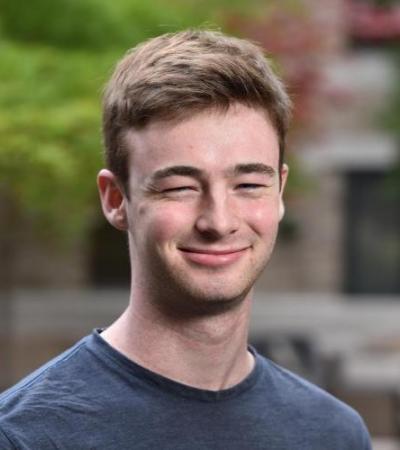Examining the Tanzanian Referral Process for Cancer Patients from the Other Side at Bugando Medical Centre
Break Research Grant
Examining the Tanzanian Referral Process for Cancer Patients from the Other Side
I had the chance to spend this winter break in Mwanza, Tanzania doing research and clinical hours at Bugando Medical Centre. I have spent the past two summers doing research at a rural hospital fours hour away from Bugando, a referral hospital, where I have been studying the referral system, specifically by looking at cancer patient referrals as a way to understand the process. Since there is no cancer treatment at any level of care lower than a referral hospital, all patients must be referred to Bugando from the hospital I normally work at.
This break gave me a chance to work with the International Cancer Care and Research Excellence Foundation (ICCARE), an organization that treats pediatric cancer patients. Normally, I examine the system from the eyes of people at the beginning of the referral process. These doctors and nurses refer patients and wonder if they will ever hear back from a doctor that they sent their patient to, or if their patients will even make it there. This break, however, I was able to interview and work with the people who work at the other end of that referral process. For them, the questions were more concerned with how to find a place for patients to stay if they came from far away (as a majority of patients do), where they should be getting labs done, and how to manage potential complications once they return home.
While the two viewpoints, from the top and from the bottom of the referral process, differ in the specifics, in the abstract the issues are largely overlapping. There is no communication set up between the two parties, and it is often difficult for each care provider to know what to do without this communication since cancer care is so complex and requires coordinated and monitored treatment. It became clear that the referral process for rural patients is largely dependent not just on barriers (transportation cost, patient information, cost of care, etc.), but interactions between healthcare workers at different levels of care as well as patients.
Along with interviewing and getting to see how health care providers approached referrals, I was able to interview patients about their process navigating the network. Almost all of them had similar stories of going to multiple dispensaries and clinics before receiving an accurate diagnosis. Even from the patients’ point of views, the disconnect between rural centers of care and the referral center was evident.
Moving forward, I plan to look more in depth at the networks that exist for both information sharing and patient referrals between levels of care. I am currently looking to write my thesis on the network science behind the referral network for cancer patients, and how building these networks can be used to care for rural patients with chronic diseases.






